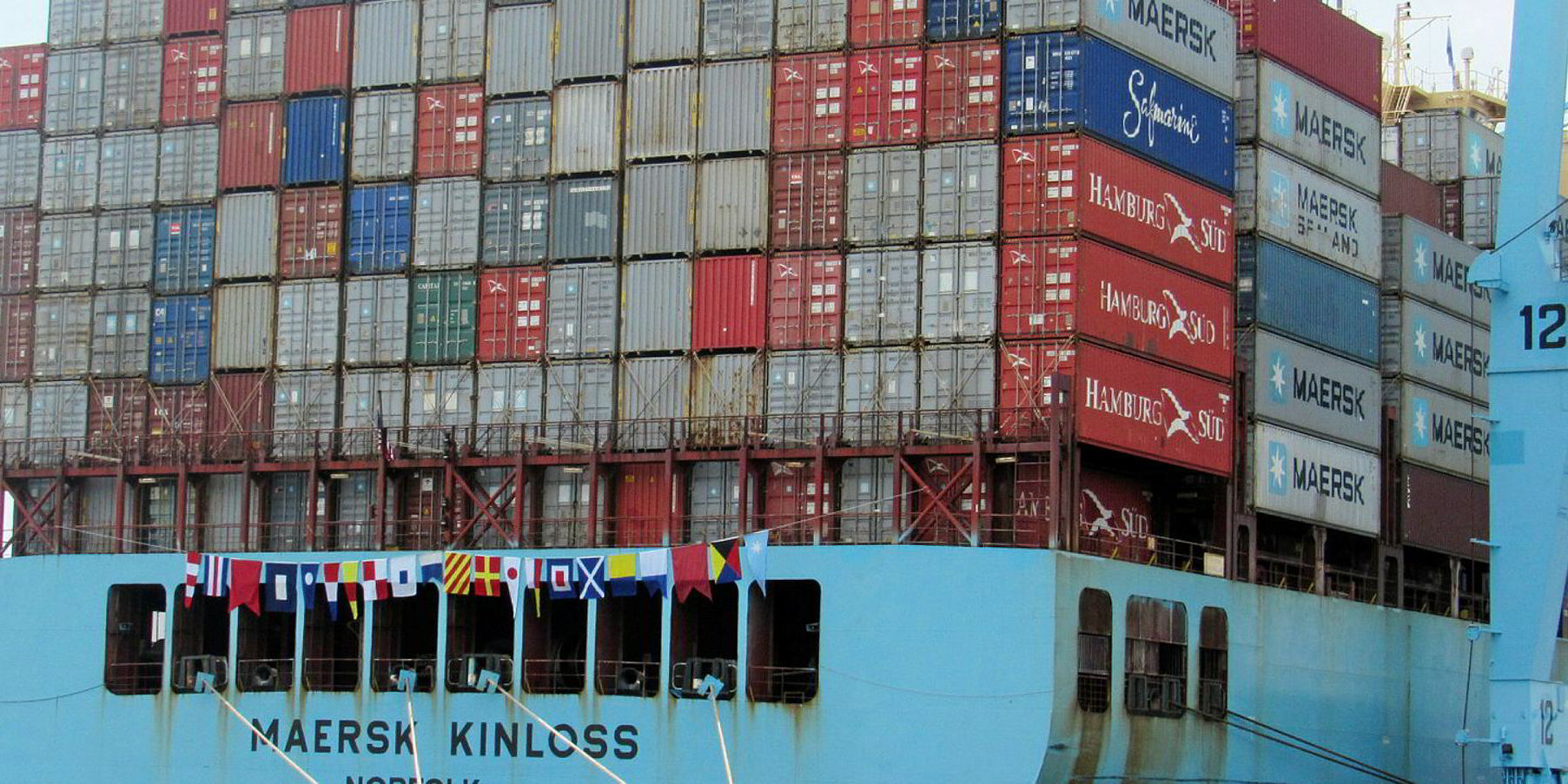When insurance industry veteran Stephen Catlin and business partner Paul Brand launched Convex Insurance to much fanfare in 2019, there was a big question over whether they had made the right decision to include marine among their business lines.
It was a time when Lloyd’s Decile 10 and the culmination of decades of inadequate rates created a stampede of companies trying to get out of the sector.
As things turned out, it was Convex that was heading in the right direction.
Convex hired John Potter to lead the marine team just as marine insurance rates started to recover.
Today, Convex has become one of the biggest marine insurance players working in the cargo, fine art and specie, hull and machinery and war risk premium markets.
Brokers often cite Convex and Fidelis-backed Navium Marine, which is headed by Clive Washbourn, as probably the most influential new entrants to the market in recent years.
Potter said the original business plan was to attack the market with the latest insurance IT technology and data to keep costs low and turn a profit even from poor rates. It also stayed out of Lloyd’s of London, where marine insurers have had a tough time in recent years.
“Convex was set up to use technology, employing the digital distribution of data to give us a better expense ratio when compared to competitors,” said Potter. "We entered at the worst of the soft market and it was very noticeable that the only way of attaining returns was by reducing costs. However, while we brought our tech philosophy with us, as Convex started the market turned.”
And it was not just a matter of hardening rates that helped Convex, it also had the pick of a growing talent pool of redundant underwriters.
“The biggest piece of fortune was not the hard market itself, but the fact that after such a soft market, there was an amazing opportunity to hire the best talent," Potter said.
“As soon as we managed to employ a great team of underwriters, we then started to attract a great deal of quality business.”
Although marine is often depicted as faceless and commoditised, Potter said Convex has been keen to build a long-term relationship with clients. Another strategy has been to take the lead in policies and to build up scale.
Leveraging technology
That approach is intended to help it dodge volatility in the market at times like now when the market seems to be cooling.
“What we have seen here at Convex is that there is certainly a lot more verticalisation in the marine business. At Convex, we are fortunate to have a lot of capital to deploy and we tend to lead a lot of business. As a result, we have significant relationships with our clients and we aim to strengthen and become their long-term partners and their favourite insurer.”
Potter, too, thinks Convex has achieved a digitalised business that still recognises the craft of the underwriter in writing business.
While he and Convex are keen supporters of using digital technology in the underwriting process, he believes the art of the marine underwriter in assessing risk is still a vital ingredient.
“From the outset we have sought to leverage technology to improve the science of underwriting, but there is an art to what we do as underwriters. We want to equip our underwriters with the data and digital tools to make the best decisions in the market,” he said.





